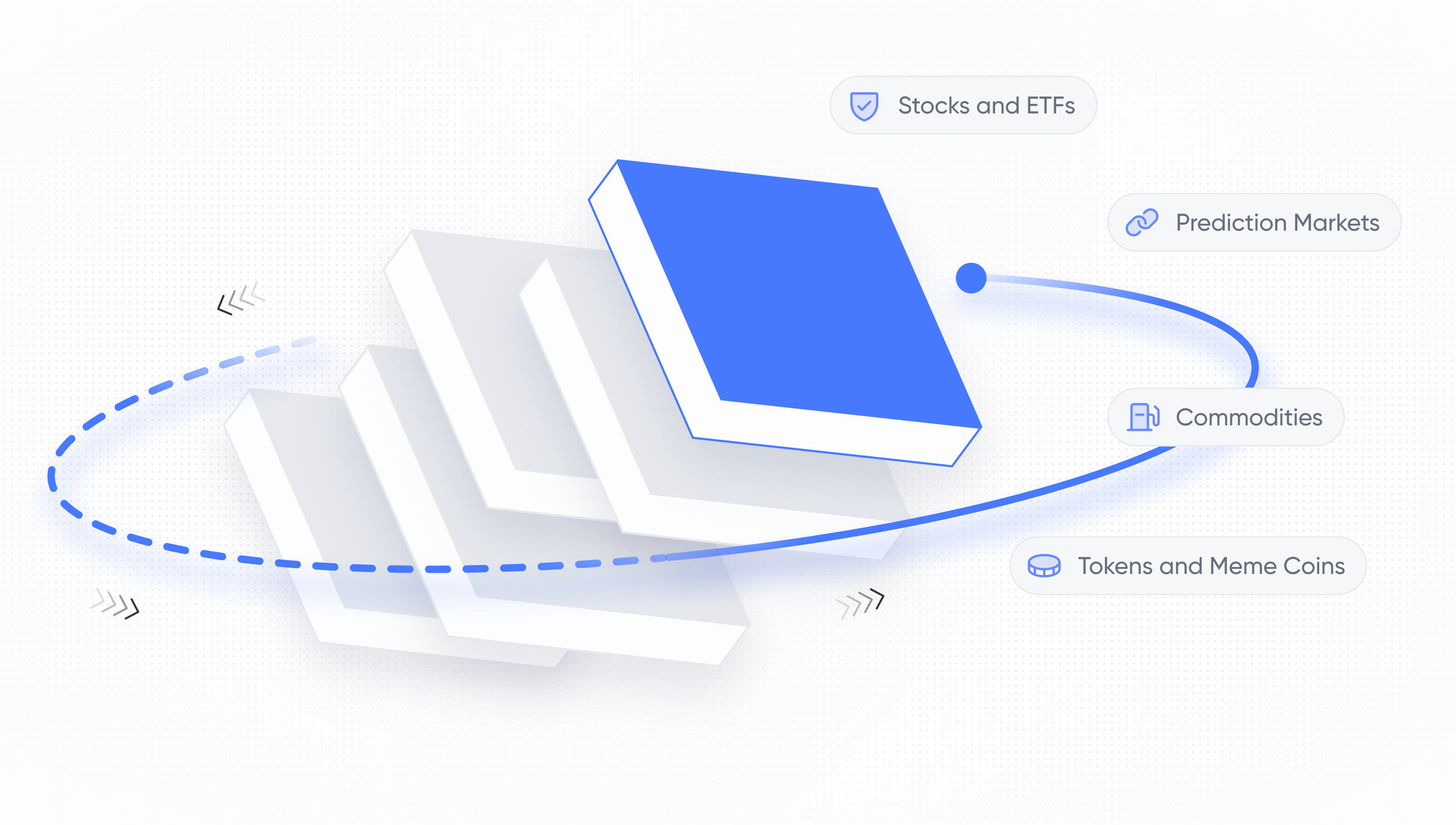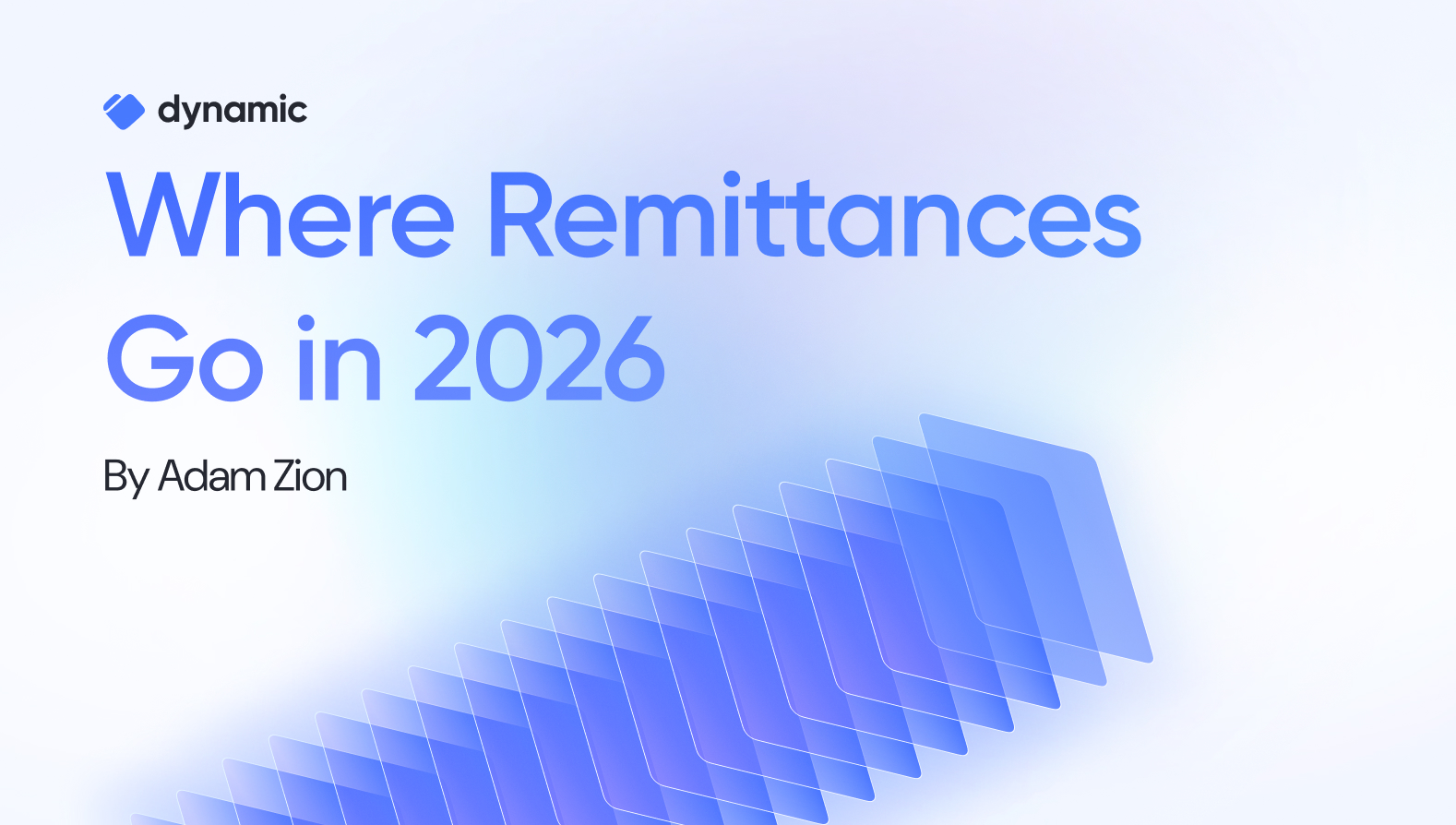From Apes to Ordinals: How Magic Eden has Adapted to the Evolving Landscape of NFTs


Non-Fungible Tokens (NFTs) have transformed the way that people think about digital ownership and value. Unlike cryptocurrencies such as Bitcoin or Ethereum, NFTs represent unique assets that cannot be replicated or exchanged on a one-to-one basis.
This allows NFTs to serve unique use cases such as tokenizing real world assets, gating communities, providing true ownership of gaming assets, and much more. And even years after their debut, we are just scratching the surface of their potential.
The Initial Rise of NFTs
While the first NFT creation dates back to 2014, the NFT space started to gain traction in 2017 following the release of two collections: Cryptopunks and CryptoKitties. Cryptopunks established the trend of a 10,000 piece collection, and are still very relevant today. On the other hand, CryptoKitties highlighted the potential of gamification in NFTs by allowing collectors to breed cats and interact with their tokens in unique ways.
As a result of their unique qualities, NFTs present a wide range of new use cases spanning art, music, gaming, virtual real estate, and digital identity. As infrastructure surrounding them began to evolve and NFTs became increasingly accessible, interest continued to grow.
NFTs as a Vehicle of Speculation
Fast forward to 2021, and the landscape of NFTs has undergone a massive transformation. With an influx of new users and the expansion of marketplaces, NFTs have become not just a means of ownership, but also a vehicle for speculation. New collections sold out daily, and existing ones multiplied in price. In typical crypto fashion, things went parabolic.
NFTs became a part of culture, with many people purchasing them to show off or join an exclusive community—a trend further fueled by high-profile sales and celebrity endorsements. These factors led to $24.9B of NFTs being traded in 2021, with traction picking up significantly in the second half of the year.

But among all of the excitement, several challenges emerged. NFTs faced a lot of criticism and skepticism from the general public, and the space became flooded with scams, bad actors, and broken promises. Additionally, almost all of this activity was happening on Ethereum Mainnet, leading to high fees and other pain points for users.
A Shift Brought by Unfavorable Market Conditions
In 2023, NFT volume declined by 55% from the previous year to $11.8B, and the landscape began to undergo a transformation. Collectors became less focused on the cost or status of their NFTs, and more intent on the art, utility and community around them. Certain collections such as Pudgy Penguins were able to excel during this time, by selling physical toys and introducing unique concepts such as Pudgy World.
While certain marketplaces faded into irrelevance, others utilized the bear market as an opportunity to reinforce their platforms and strategize for the future. Additionally, NFTs established a strong presence on many blockchains aside from Ethereum, with some collections even going omnichain.
The Next Phase of NFTs
As market conditions recovered and interest in NFTs bounced back, the above trends continued to accelerate. First off, Ethereum was no longer known as the gold standard. While Ethereum dominated the vast majority of NFT volume in the past, it now often competes for the top spot with Bitcoin and Solana.
Ethereum had a large head start, currently boasting ~$44B of all time NFT volume compared to $5.5B for Solana and $3.5B for Bitcoin. But now, Solana and Bitcoin are making strides to catch up and consistently compete with Ethereum in weekly volume. In the last year, Solana and Bitcoin each processed ~$2B of NFT volume, compared to $8.6B for Ethereum.

The high gas fees and unfriendly user experience can be partially blamed for this trend shift. Ethereum used to always be home to the top 10 NFT collections at any given time, and now it rarely holds half of the top spots. For example, only half of the top 10 collections by volume last week are deployed on ETH mainnet:

In addition to being multichain-friendly, the next phase of NFTs is also a lot more focused on accessibility, and less about high dollar value and exclusivity. In order to achieve this, successful collections must provide users with a seamless experience to onboard and interact with their digital assets. With the help of Dynamic’s wallet and authentication support, that’s exactly what Magic Eden has been doing.
Magic Eden: A Global NFT Superpower
Magic Eden has been betting on these trends since their inception. They emerged as a pioneer in the NFT space in 2021 with an original focus on Solana NFTs. But over time, they have been quick to adapt and implement support for new chains and wallets.
This has benefited them greatly, as NFT lovers venture to new chains and experiment with new trends such as Bitcoin Ordinals. At the time of writing, over ⅓ of NFT traders and collectors were utilizing Magic Eden’s platform in the last month. Check it out:

Additionally, Magic Eden has taken a significant market share of overall NFT trading volume. In the last 30 days, they’ve made up 33% of the total NFT market’s activity. That amounts to almost $300M changing hands on their platform.

Their success can be attributed to their ability to adapt and cater to such a wide range of users.
First off, Magic Eden supports an ever-growing list of wallets. This provides flexibility to users and removes the friction that comes with setting up and managing several wallets. Additionally, by implementing Dynamic for authentication and wallet connection, they are able to provide users with instant and reliable verification and access.

Magic Eden was also one of the first NFT platforms to cater to collections on different blockchains. As the future of crypto becomes more and more multi-chain, Magic Eden’s foresight has positioned itself well in accommodating the diverse needs of Web3 users. With the help of Dynamic, they simply make it as accessible as possible to collect art and engage with a community on the blockchain.
Share this article



